



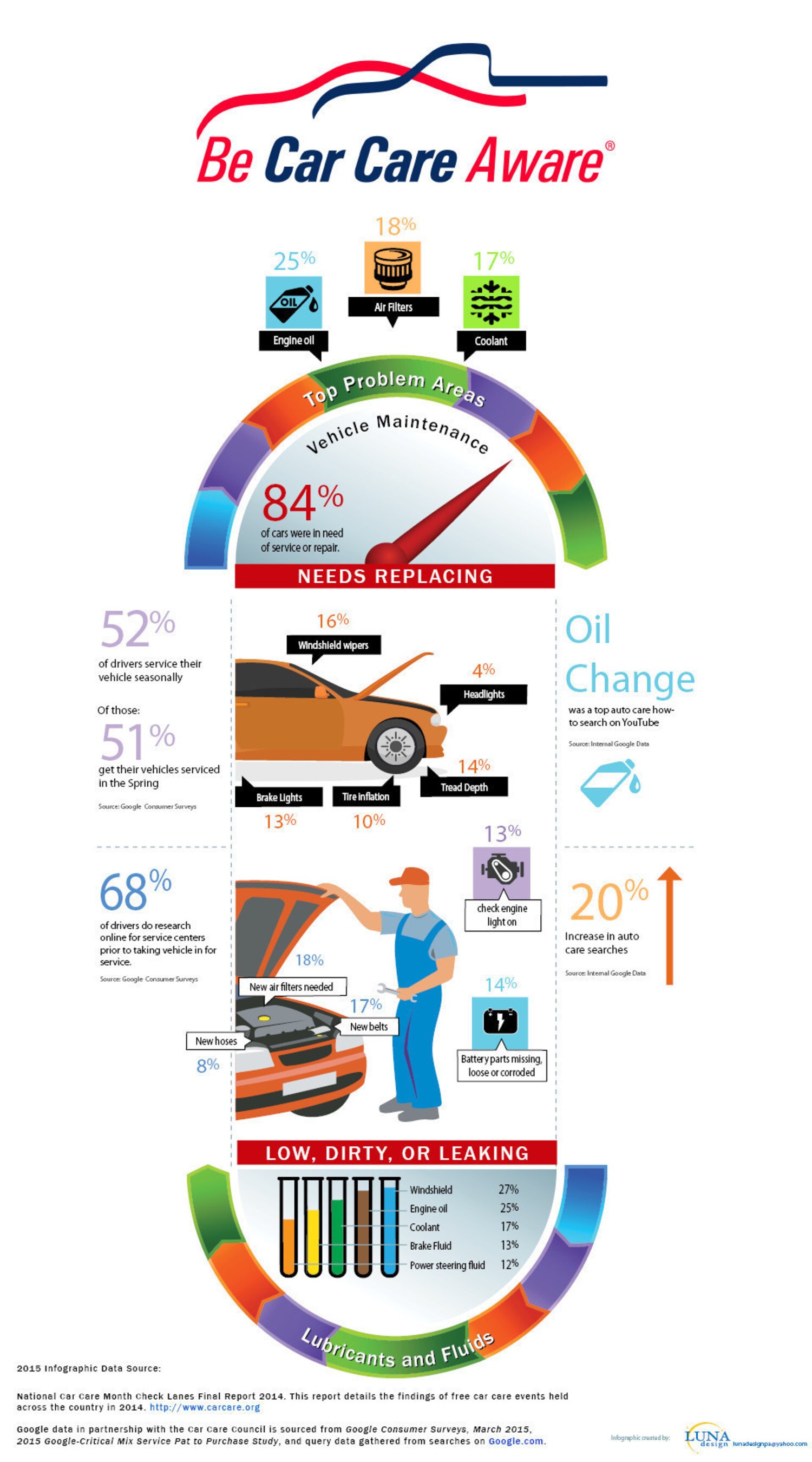
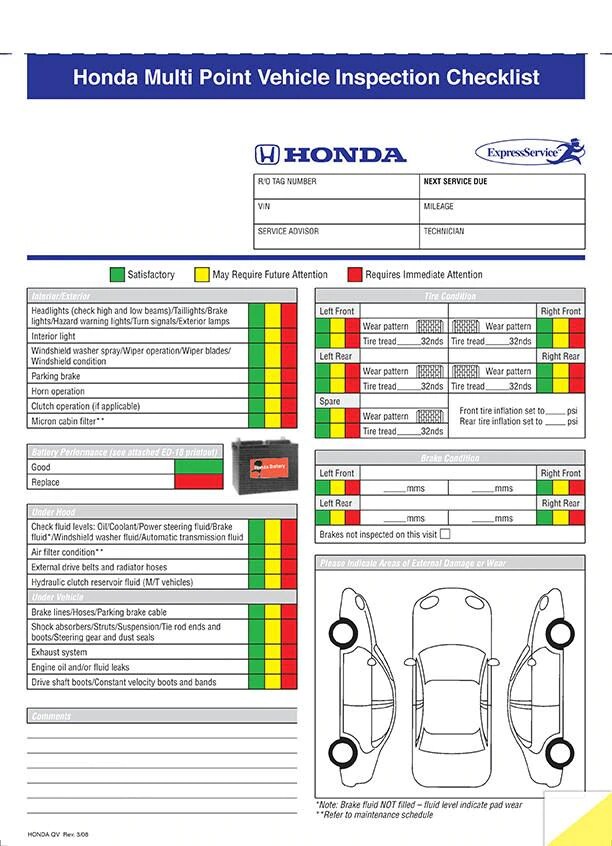






1. Spring car care
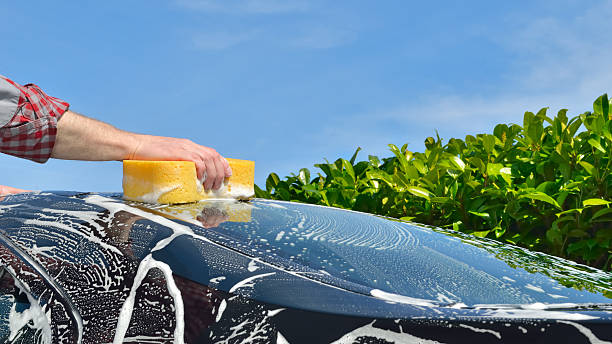
Spring cleaning does not have to apply only to your home! Months of salt and grime build up during the winter and your car needs a nice bath as badly as you need a warm spring breeze. It is also a clever idea too check your tires. Since the warm weather will cause the air in them to expand, you may need to do a bit of deflating to avoid excessive wear. Your wipers, engine and suspension should also get a look to determine whether the harsh conditions of winter left any effect on them.
2. Routine mechanic visit

A routine visit to your mechanic can be the difference between deciding what to do at your destination and deciding what to do now that your car's broken down. Use National Car Care Month as an opportunity to schedule an appointment and take care of any preventative maintenance before major problems can occur.
 Come on in and say hello to our amazing service team. Let us introduce you to them if you do not already know them. Starting from left to right we have Kelsie , Maxx, Rob and Scott.
Come on in and say hello to our amazing service team. Let us introduce you to them if you do not already know them. Starting from left to right we have Kelsie , Maxx, Rob and Scott.
3.Check under the hood.
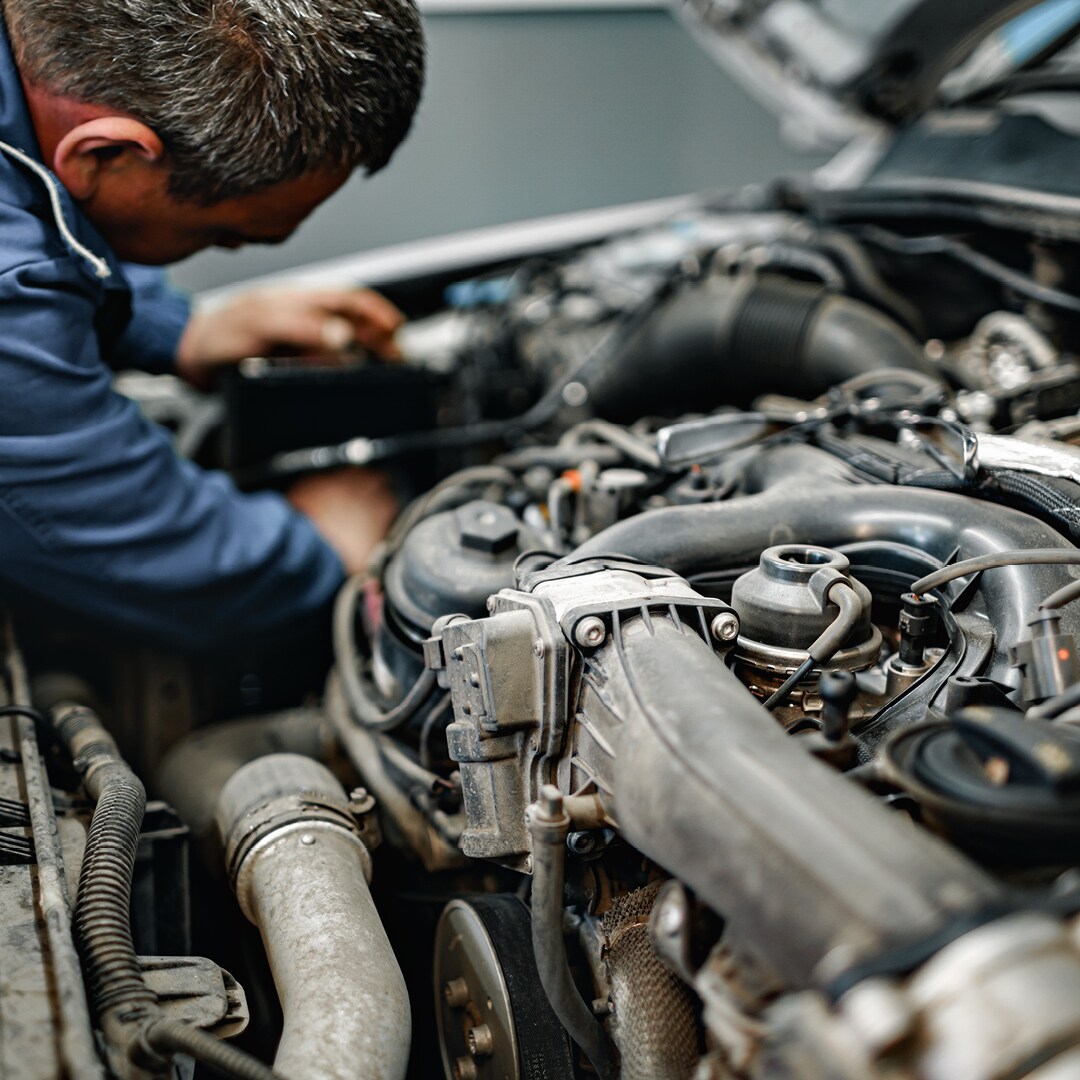
Be sure your vehicle's hoses are examined at each oil change and do not delay having them replaced when they show signs of cracking.
4. Check Your Tire Pressures
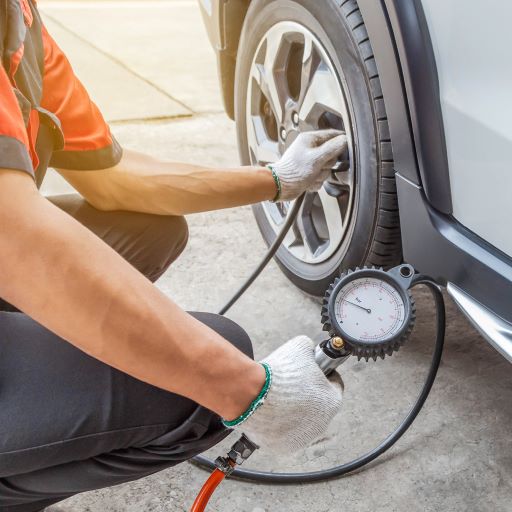
Tire pressure is especially important in the spring. As air temperatures get cooler during the winter, tire pressures decrease, which causes you to fill up your tires during the winter months. But as temperatures get warmer in the spring, tire pressures can rise. If the pressure increases past your manufacturer specification (because you added air during the winter), it can lead to over inflation, which can cause premature tire wear.
When checking the pressure, also look at the depth of your tread. You can use a Lincoln penny inserted headfirst into the tread. If you can see any part of the top of his head, it means you should replace your tires. Inspect the sidewalls for any cuts or damage that could weaken the tire carcass and lead to a potential blowout in hot weather.
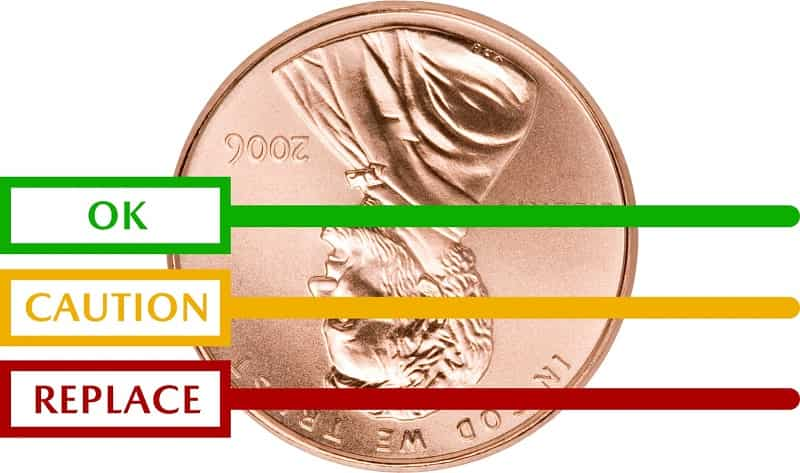
5. Change oil

An oil change is another standard piece of maintenance you can attend to during the National Care Month. With the advent of modern lubricants, it is recommended that most vehicles get their oil changed every 5,000 - 7,000 miles.
6.Check brakes

Your brakes need to be checked on a regular basis too. Your brakes' rotors, linings, and drums should be inspected along with every oil change your car receives.
7. Check fluids

There is a slew of various fluids that need to be checked when you bring your car in for servicing. Make sure your brake, transmission, power steering, coolant and windshield washer fluids are all checked and refilled where necessary.
8.Check the Filters

Spring is also known for pollen and allergies. You can keep them out or minimize their presence in the cabin by replacing the filter in your climate control system. Most manufacturers recommend changing the cabin air filter every 30,000 miles.
And just as you need to breathe clean air, so does your car's engine. Spring is an enjoyable time to check the air filter to ensure that the old one has not been clogged by dirt or other impurities. A filter contaminated by oil or other fluids can also be a sign of a larger engine problem.
9.Check Alignment and Suspension
Winter is known for being harsh on roads, which can be harsh on your vehicle. If you find yourself frequently traversing roads with huge potholes or rocks that have emerged from the asphalt, it could ruin your car's alignment or damage suspension components. Our advice: If you have taken your car to a mechanic to check under the hood, ask for a quick suspension and alignment check to make sure nothing is too far outside the manufacturer's specifications.
A sure sign that you may need an alignment is if your steering wheel is not centered or the car does not track straight. Also, your shocks or struts may need attention if you notice that the vehicle feels like it has a loose or overly soft ride with an extra rebound when going over bump.
10. Steering and Suspension: Inspect

the steering and suspension system annually, including shock absorbers and struts, and chassis parts, such as ball joints, tie rod ends and other related components
11. Lights:
Be sure all exterior and interior light bulbs are working and replace them immediately if not (for your safety AND to avoid getting a ticket!)
12. Battery:

Make sure your vehicle's battery connections are clean, tight, and corrosion-free. The battery should always be securely mounted. As the summer season approaches, have your battery tested if it is over three years old.
13. Vehicle's hoses
Be sure your vehicle's hoses are examined at each oil change and do not delay having them replaced when they show signs of cracking.
14. Check your lights -
It is important to check all your lights, including turn signals, to ensure that they are working properly to protect both you and fellow motorists. If your lights are not functioning properly, it can lead to impaired visibility which is one of the leading causes of accidents.
Follow these simple steps to check your vehicle's lights:
For all steps, turn on your vehicle and ensure your vehicle is in park:
Check your headlights - turn on your headlights then exit the vehicle to visually check that both headlights are properly illuminated. Also turn on your high beam to ensure both are functioning. Remember, do not use high beams within the city, rain, or fog, it can distract other drivers and hinder your visibility.
Check your fog lights - turn on your fog lights then exit the vehicle to visually check that both fog lights are equally illuminated
Check your hazard lights - press the button on your dashboard that is shaped like a triangle to turn your hazard lights on. Step out of your vehicle to make sure that the lights are blinking on both sides of your vehicle
Check your taillights - enlist the help of a friend for this one! Tap on the breaks and have a friend make sure that both lights located at the rear of your vehicle are properly illuminated
Check your turn signals - activate your left turn signal and check the signal within your dashboard is functioning. Then exit the vehicle and visually check that the left turn signal is properly blinking in the front and rear of the vehicle. Repeat these steps for the right side
15. Thoroughly Clean the Car, Inside and Out

There is nothing like a good spring cleaning. After winter months of severe weather, a thorough wash and wax is the most important thing to do with your car once the winter ends. Often, you'll discover that a huge amount of road grime, debris, and - worst of all - salt build-up on your car. A thorough cleaning, including the engine bay and beneath the car, to get rid of this accumulated dirt. A normal wash instead of a deep cleaning runs the risk of this build-up ruining your paint finish and creating pockets of rust that can lead to serious problems later.
Here is an opportunity to make the interior shine. It's well worth investing a day to spruce up your car's cabin. Get rid of the trash, papers, and junk that tends to accumulate over the winter. A warm day is a fantastic opportunity to take your time and do a thorough cleaning that includes vacuuming and cleaning the windows inside and out. Do not forget the trunk. Extra gear like tire chains and sand add weight, which can affect your fuel economy
No job is complete without taking steps to disinfect the car's interior. We suggest using an antibacterial cleaner or wipes instead of bleach-based cleaners. The bleach-based cleaners could fade or crack some soft-touch or painted surfaces over time. Remember to use that antibacterial cleaner on the most frequently touched spots in the car like the steering wheel, door handles, seatbelt, gear-selector, garage opener, radio controls, etc.
16. Check Engine Light
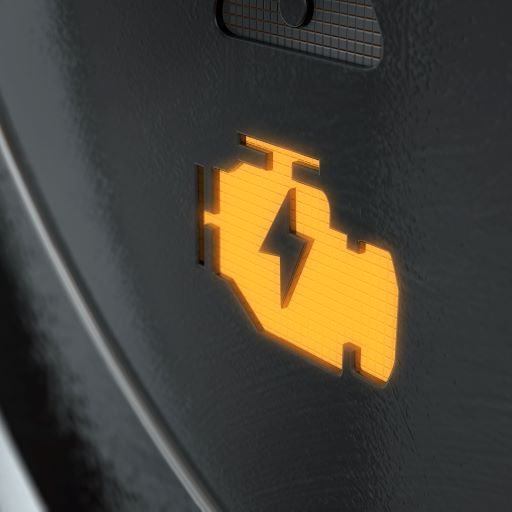
An illuminated "Check Engine' or "Service Engine Soon" light indicates that a vehicle system, such as ignition, fuel injection or emission control, is not operating properly. Even if the vehicle is running normally. Only the right diagnostic equipment can determine the problem detected by your car's on-board diagnostic system. Ignoring a check engine light can negatively impact your fuel economy or cause damage resulting in more costly repairs.
17 Air Conditioning Service

Proper heating and cooling performance are critical for interior comfort and for safety reasons such as defrosting. The HVAC system will work as designed when properly serviced.
18. Exhaust System
Exhaust systems have come a long way for the old days of exhaust pipes and mufflers. Today, the exhaust system is safety and emissions control rolled into one. Have your car's exhaust system inspected regularly and check it immediately if you have any problems.
19. Fuel System
Your car's fuel system works with the rest of the engine control system to deliver the best performance with the lowest emissions. Check your car's fuel system regularly or immediately if you smell gas or suspect a problem. Symptoms poor fuel economy, vehicle will not start, "Check engine" light is illuminated.
20. Starting, Charging and Batteries
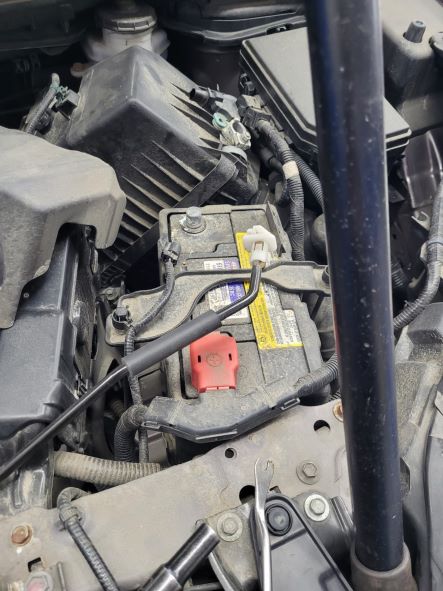
Your car's starting and charging systems, and the battery, help ensure dependable vehicle operation whenever you drive your car and in all sorts of driving conditions. Make sure to check these systems regularly.
Symptoms: Headlights and interior lights dim, "check Engine" and / or battery light may come on, Accessories fail to operate.
21. Transmission
The transmission works with the engine to provide power to your car's wheels. Whether automatic or manual, transmission plays a major role in the overall performance of your car. Make sure to check it at the first sign of problems. Having the proper amount of fluid is critical because it cools the transmission, lubricates moving parts, and smooths the shifts between gears. However, the fluid deteriorates over time. Frequent stop-and-go driving or pulling a trailer accelerates deterioration. Under those conditions the transmission's operating temperature rises, putting a strain on the transmission's components and the fluid. Automakers recommend more frequent fluid replacement under those conditions. Check the owner's manual for details. Signs of transmission problems: If the fluid turns dark or has a burnt smell this could be a signal that it needs to be changed or that the transmission is developing mechanical issues. Check the fluid level when the engine is running. To avoid transmission failure, only use the fluid recommended by the automaker. Symptoms may include some of the following, Slipping, Hesitation, Bucking, or Grinding gears, Difficulty shifting.
22. Gas Caps and Fill-ups:
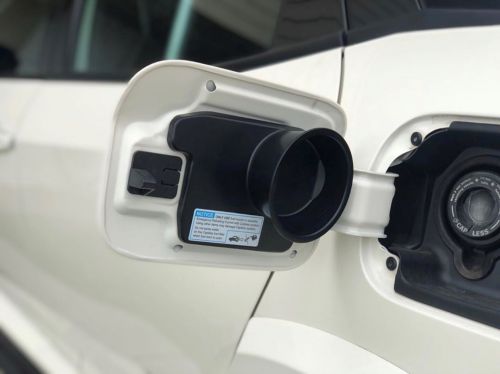
A loose or cracked gas cap allows gas to escape from your tank as a vapor, wasting fuel and increasing vehicle emissions. Topping off your gas tank once the pump clicks off automatically can release harmful vapors into the environment and increase emissions. In some areas, the automatic shut off means their vapor recovery system will redirect any further fueling back into the pump.
23. Speeding and Aggressive Driving:
Most cars lose fuel efficiency over 50 miles per hour (MPH) at a rate of about $0.24 per gallon for every 5 mph over 5. Aggressive driving (speeding, rapid acceleration, and braking.) can also reduce gas mileage- as much as 33 percent on the highway and five percent on city streets.

24. Dashboard indicator lights
If the check engine light comes on while driving or remains on, your vehicle may have an emissions or sensor problem and should be analyzed. If the light flashes, the condition is more severe and must be checked immediately to prevent catalytic converter damage. Numerous sensors in the vehicle that will monitor and send a continuous flow of data to any one of several electronic control units for various systems. While there is no maintenance required for these sensors and control units, they continuously monitor for a malfunction. If a malfunction is detected it will trigger the Check Engine light or other dashboard indicators.
25. Spark Plugs

Typical replacement intervals range between 30,000 and 100,000 miles, depending on the vehicle and type of spark plug. Always consult your owner's manual for your specific vehicle.
26. Timing belt replacement:
Your car's engine has either a rubber composite timing belt or timing chain. The device connects the crankshaft to the camshaft, which is synchronized with the opening and closing of the engine's valves. If your car has a timing belt, follow the owner's manual to determine when the belt should be replaced. "Rubber belts break and when they do that's the end of the engine, it is catastrophic, you are done," Moritz said. To avoid disaster, the timing belt should be replaced at intervals recommended by the automaker, usually between 50,000 and 110,000 miles. The cost to replace the timing belt isn't cheap but it is thousands less than rebuilding the engine.
27. Radiator coolant flushing:

Coolant has rust inhibitors that break down over time. Rust and corrosion can build up and harm an engine, plug a thermostat and damage a water pump. Some automakers recommend a coolant change every 30,000 miles; some suggest over 100,000 miles. Again, check the owner's manual.
28. Transfer case maintenance:
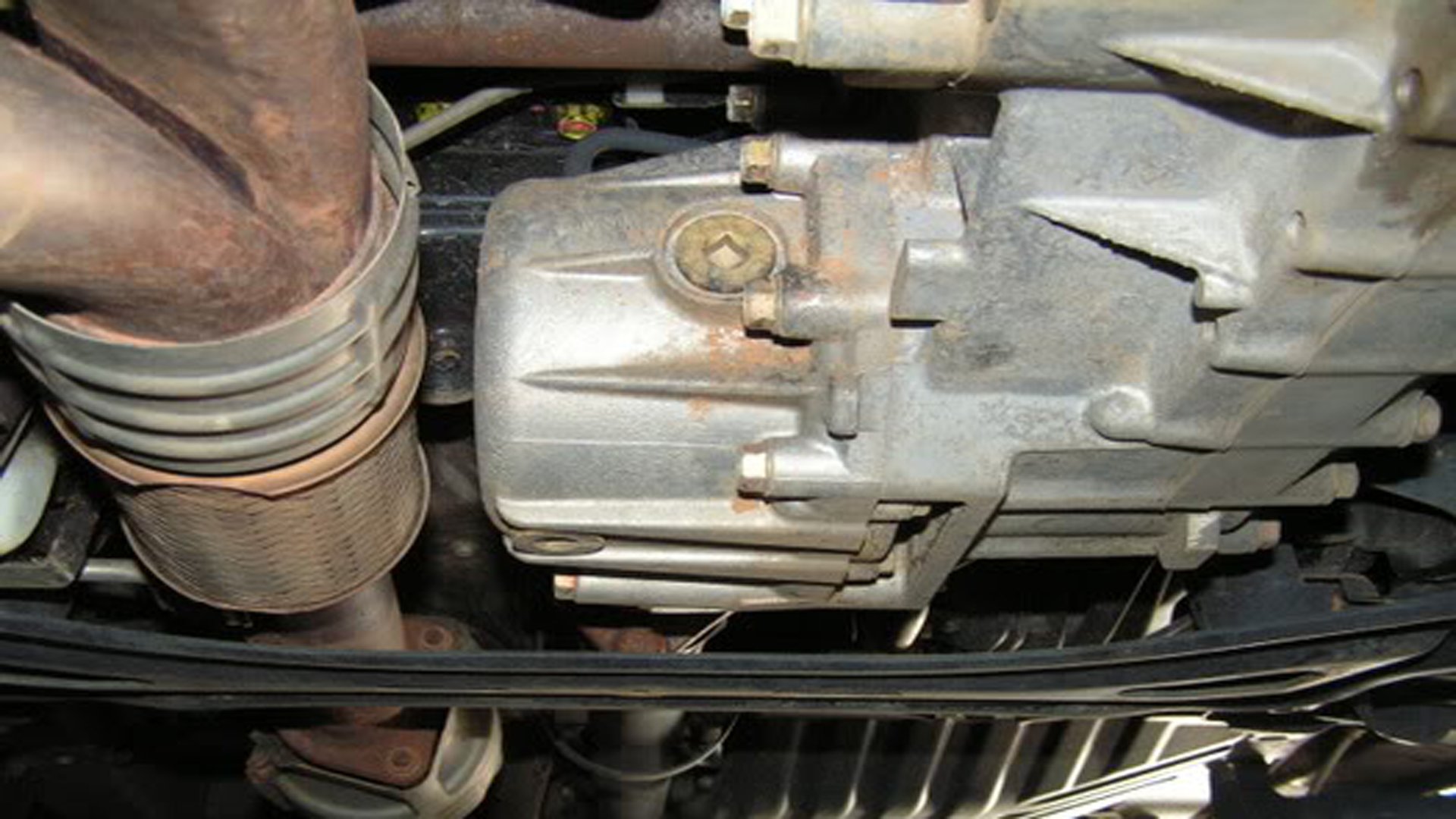
These are very expensive repair's when things go wrong. The fluid inside the transfer case on all-wheel and four-wheel-drive vehicles needs to be replaced at prescribed intervals. Follow the recommendations in the owner's manual.
29. Prepping for car breakdowns
Despite vehicle advances, it's likely you'll have a car breakdown at some point, such as a blown tire from a nail or roadway debris. Stay safe by being prepared for such emergencies. Kits are inexpensive and may be bought at discount or drug stores.
Consider keeping the following items in your car:
Cell phone with charger
Notebook and pencil
Extra medications
Vehicle operating manual
Emergency service info, such as phone numbers
Flashlight and extra batteries (these should be checked often)
Drinking water and preserved food
Jumper cables
Tire-pressure gauge
Reflectors or flares
Signal flag or reflective vest or scarf
Windshield-washer fluid and wiping cloth
Coolant
Fire extinguisher
Ice scraper, snow brush, snow shovel and cat litter, in lieu of sand, where needed
Heavy gloves
Thermal or safety blanket
A chemical heat source such as hand warmers
Candles and waterproof matches
Jack and a flat board for soft surfaces
Lug wrench for changing flats
Toolkit with screwdriver, pliers, duct tape and adjustable wrench
Umbrella
Extra fuses and fan/alternator belt
First-aid kit
Also, consider buying a spare tire if one did not come with the car.